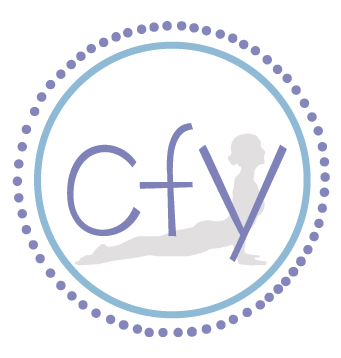Transitions (In Yoga and Life)
In a yoga practice, we transition from pose to pose in many different ways. Some of us may step from down dog to a forward fold, while others may hop or float. But however we transition, we do not always move with as much thoughtfulness as we do once we get to a certain pose. Sometimes this happens because we are physically tired, while other times it may happen because we are mentally distracted. Whatever the case, not focusing on these movements creates many missed opportunities to stay safe and build strength.
In my opinion, one of these greatest missed opportunities occurs when moving from down dog to standing poses. If we are lifting one leg up and back from down dog, this is a great time to practice alignment and build core strength. The toes, knee, and hip of the lifted leg spin down to the mat, with equal weight in the hands, and the hip of the lower leg pressing back and the heel pressing towards the mat. In just this one movement of lifting the leg, there is so much to remember!
Then when bringing the lifted foot forward, it is important to properly set up both feet in the correct position (i.e., heel to arch alignment for Warrior II) and then press into the feet, which starts to engage the legs. Once the feet are rooted, the belly lifts and the torso and arms slowly move up into the standing pose. Grounding into the feet and moving slowly to standing helps create stability and achieve balance.
In my personal practice, moving slowly through transitions helps me feel rooted and stay connected to my breath. It has also helped me to build strength. And I try to be mindful about every movement I make, especially when I get tired. I choose different transitions based on energy levels. If I feel energetic, I may add a handstand in my sun salutations, or I may jump from down dog to forward fold. If I feel tired, I will skip the handstand and just walk or step from down dog to forward fold. I used to think that I had to take the hardest transition that I was physically capable of doing (I'm a recovering perfectionist), but over time I realized that quickly causes me to disconnect from my breath and opens me up to injury if I get sloppy. So, as I have matured in my practice, I have learned to listen to my body, and my breath, and make smart decisions about my transitions.
Why does this matter? All of us go through transitions in life, whether big or small. I personally have lived in four different states, 10 different apartments/houses since college, and had eight office jobs before becoming a yoga teacher at age forty. I am not alone. Change is inevitable and some change is more challenging than others. Having a baby, moving, sending kids to college, changing jobs, mourning the loss of a loved one, going through a divorce, or caring for an aging parent are all major life changes that can be incredibly stressful. Although some of these situations can also be exciting, they do not come without changes to routine or added responsibility. Our yoga practice can help us navigate these transitions.
Approaching life changes the same way we practice yoga transitions can help minimize stress. For example, taking time to slow down and assess the situation without emotion can help lead to action steps to deal with change, whether it be asking for help or finding time in a busy schedule to workout. Also, taking time to be aware of the breath can help to reduce anxiety, as well as calm the body. By practicing mindfulness and thoughtfulness, we can navigate through change with a little less stress (notice I did not say stress would be completely eliminated!). Although change is inevitable, we can approach it in a way that makes it easier on our minds and bodies.
So, next time a life change arises, whether big or small, take a deep breath, relax, and move through it slowly and thoughtfully!
